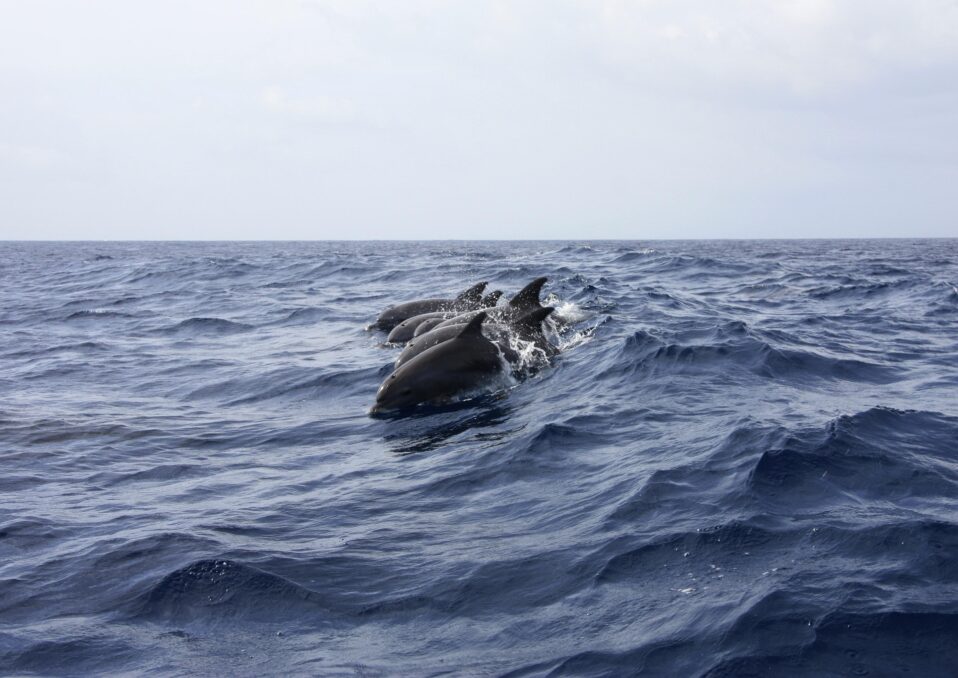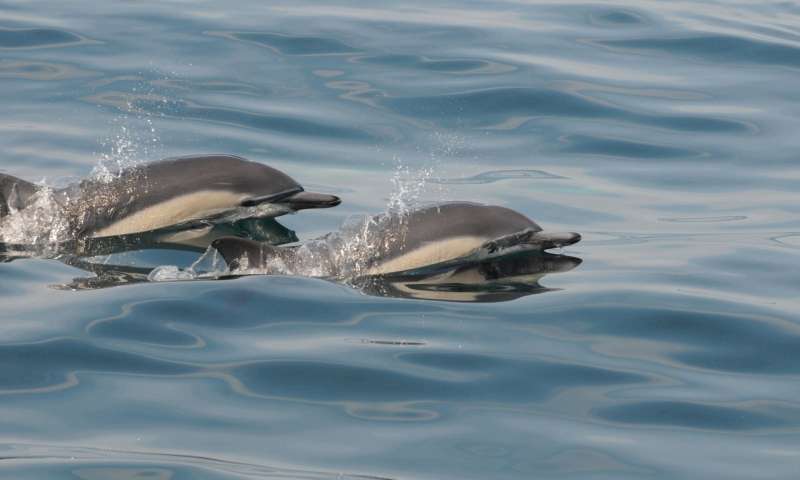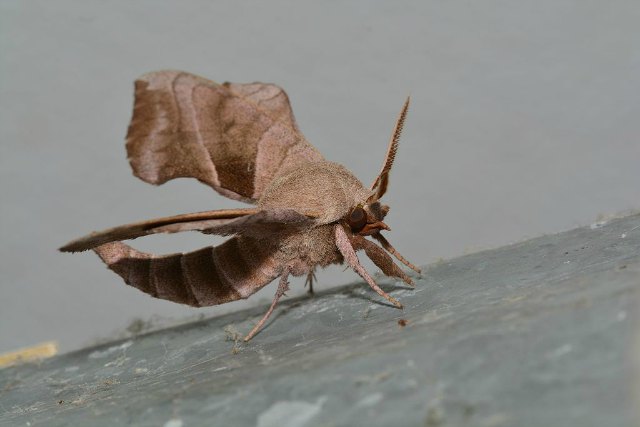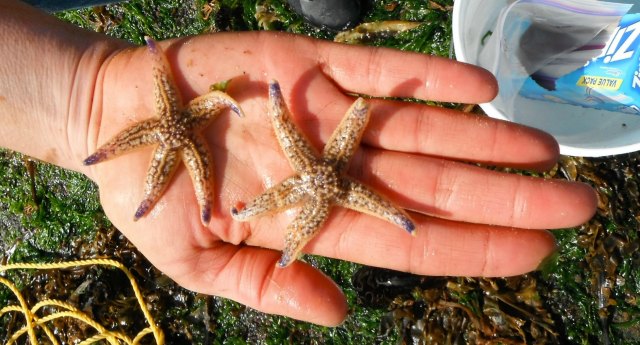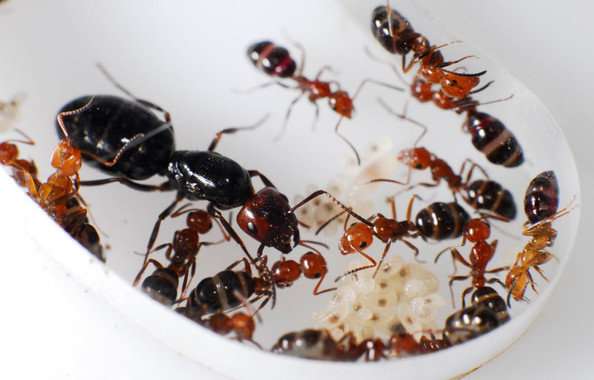Pieces of plastic and other ocean debris gave coastal critters a ride to other continents following the enormous earthquake-generated tsunami that hit the coast of Tohoku in Japan in 2011. Researchers studied the marine life attached to plastic fragments, fishing vessels, and large docks carried into the Pacific Ocean after the temblor and found that hundreds of species had rafted thousands of kilometers in the longest hitchhike of coastal species ever recorded.
“We have known for many years that oceanic rafting is happening and has happened throughout the history of our Earth,” Martin Thiel, a marine biologist at Catholic University of the North in Chile, tells The Scientist by email. “What is surprising is the magnitude of this event and that we can document this as it happens.”
Thiel, who was not involved in the new study, explains that in the past, scientists have relied on genetic markers to identify previous rafting events. In the new work, published today (September 28) in Science, Williams College marine scientist James Carlton and colleagues recorded the diversity of animal communities on 634 pieces of Japanese tsunami marine debris, including vessels, docks, buoys, crates, wood, and other objects that turned up on US shorelines.
Having traversed roughly 7,000 kilometers across the Pacific, the material carried with it living animals from 289 Japanese coastal marine species, representing 16 phyla. Five invertebrate groups—mollusks, annelids, cnidarians, bryozoans, and crustaceans—made up 85 percent of the species diversity.




